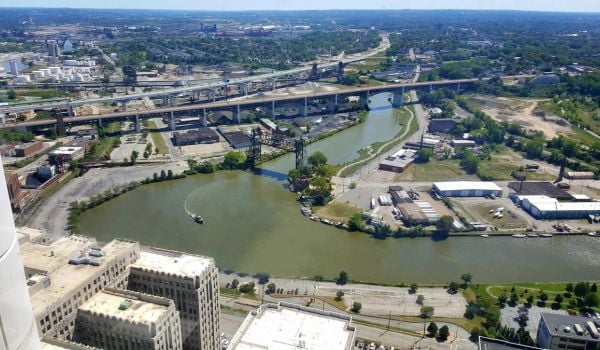As I mentioned in my last post, the White House Office of Urban Affairs has recognized that the massive agglomerations of population in American suburbs necessitates incorporating them into traditional urban policy. The Washington Post writes, “In the last few decades, the cities and suburbs turned inside out. Poverty spread in the aging suburbs, as many encountered rising immigration, unemployment and crime. Wealth flooded once again to the cities, as urban living and enterprise came back in vogue. City and suburb started to look economically alike.”
That is, to be generous, a gross over-simplification. In fact, poverty rates remain much higher in inner-cities than in suburbs. Concentrated poverty, which is a major predictor for crime and other social ills, is especially more common in the urban core. As I wrote in my recent feature on crime in D.C., much of the recent economic growth in the D.C. region benefited the suburbs. Gentrification is a real trend in many cities, especially D.C., but, as I wrote, the economic benefit generally does not trickle down to the impoverished. And, if you’re talking about urban America, you’re not just talking about D.C., much less Northwest D.C., you’re talking about Cleveland, Detroit, and other cities that have a long way to go on the gentrification curve.
While inner-ring suburbs have seen socio-economic and racial diversification in recent years, that’s more a function of the upwardly mobile moving to out to new exurbs than to the city. A more accurate depiction of the “urban” problems facing suburbs would be traffic and uncontrolled development. Problems like that, as the Post reports, are leading suburban Fairfax County in Northern Virginia to consider incorporating as a city so that it can better organize its miserable sprawl and manage its roads. Likewise, Richard Wells writes that a national economic strategy needs to be organized around modern “mega-regions.” I’m all for that, but the real thing that needs to be regionalized is education. The inequality between urban and suburban schools is a major cause of urban problems, from crime to depopulation. But unlike feel-good bromides about economic growth and regional planning, doing that would require some real political courage.

Ben Adler is a journalist in New York. He is a former reporter for Grist, The Nation, Newsweek and Politico, and he has written for The New York Times, The Atlantic, The Guardian and The New Republic.


_600_350_80_s_c1.jpg)


_600_350_80_s_c1.JPEG)









